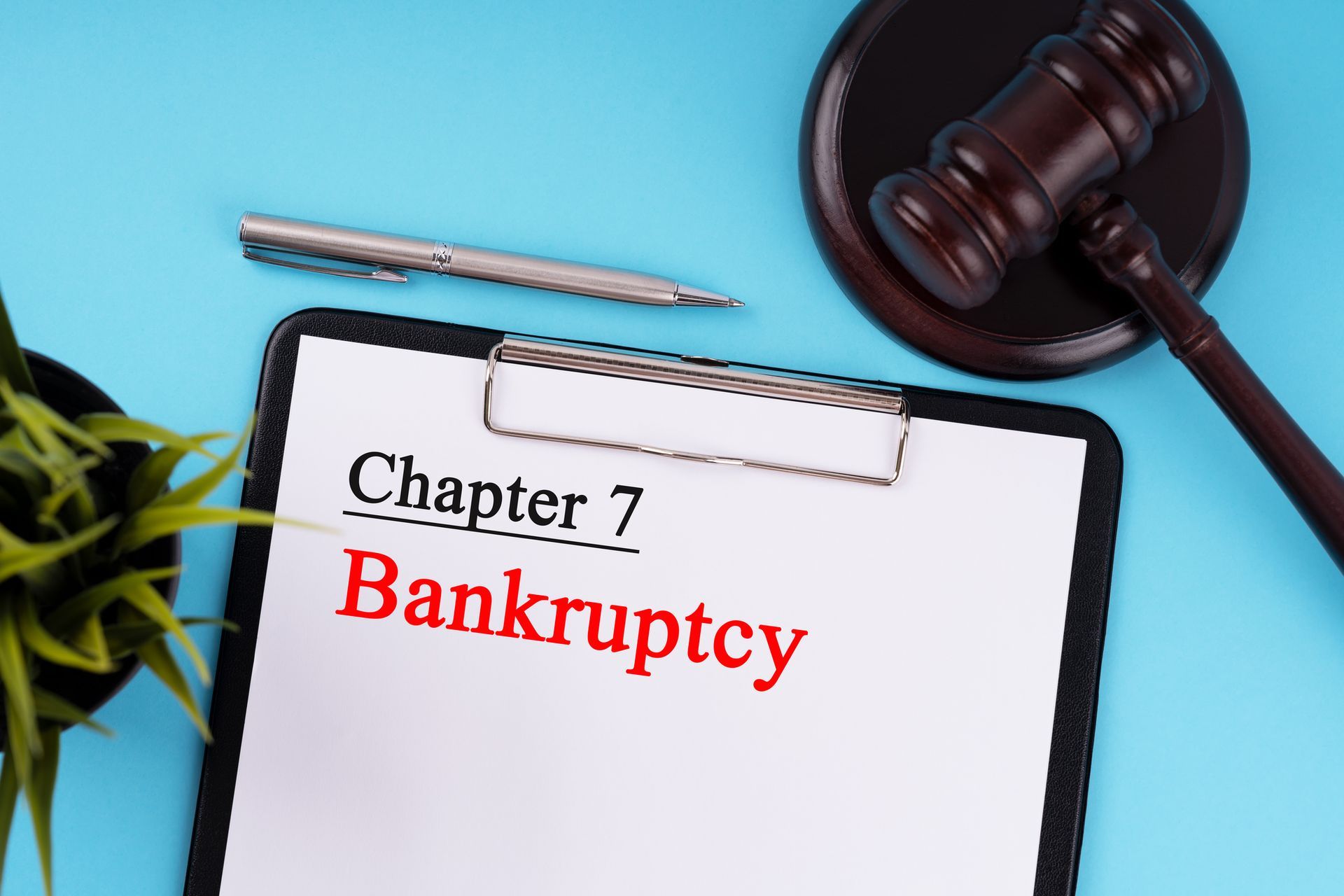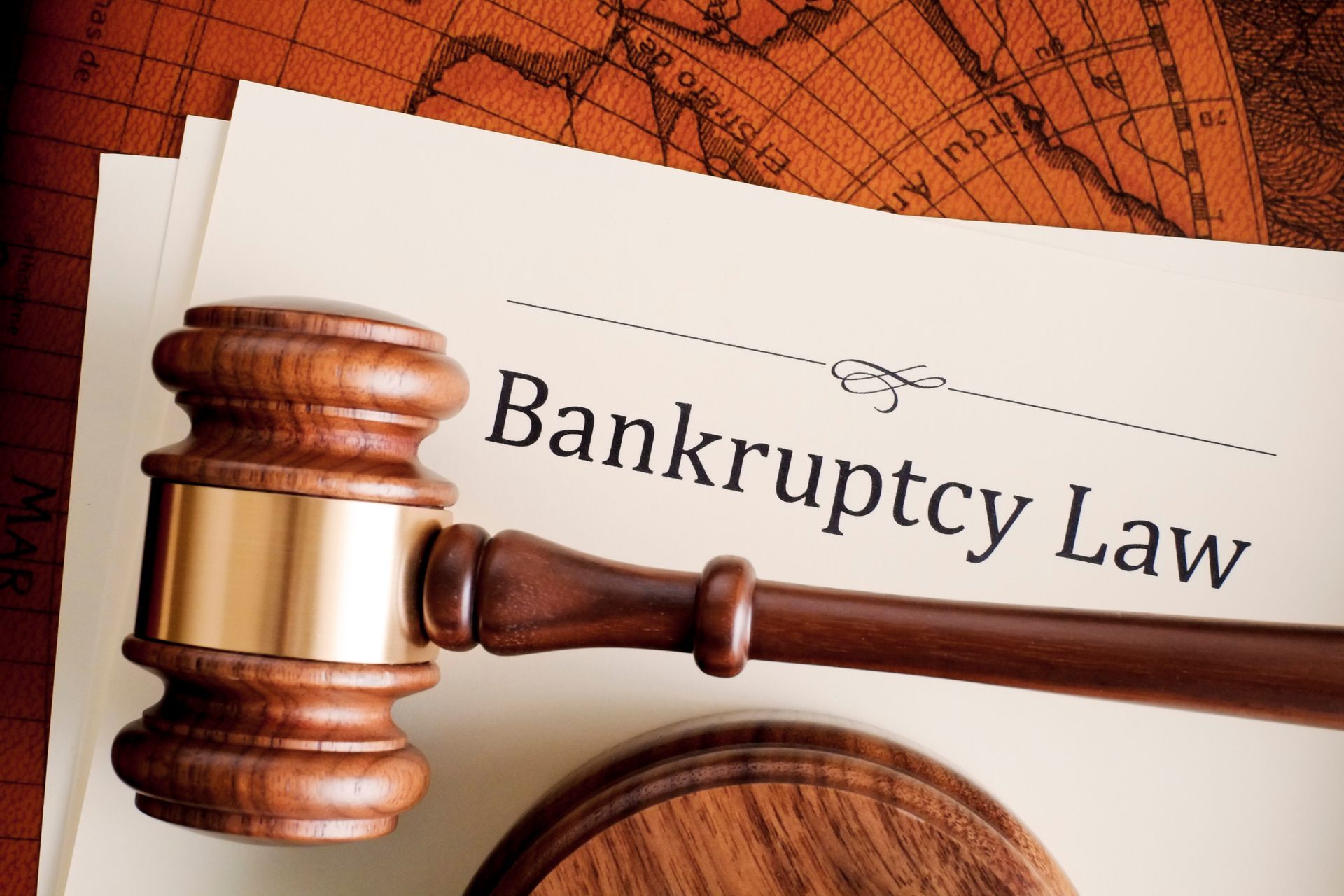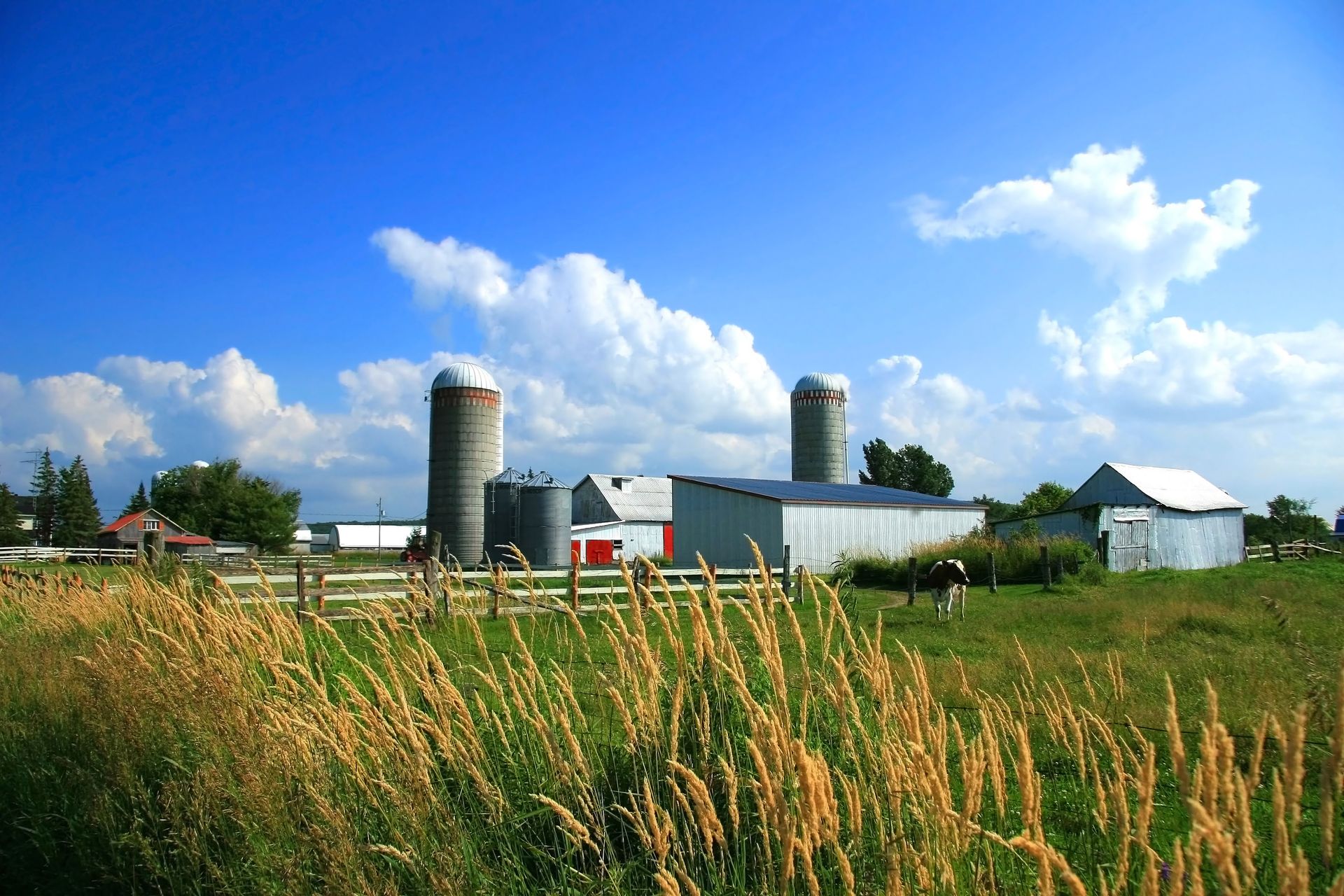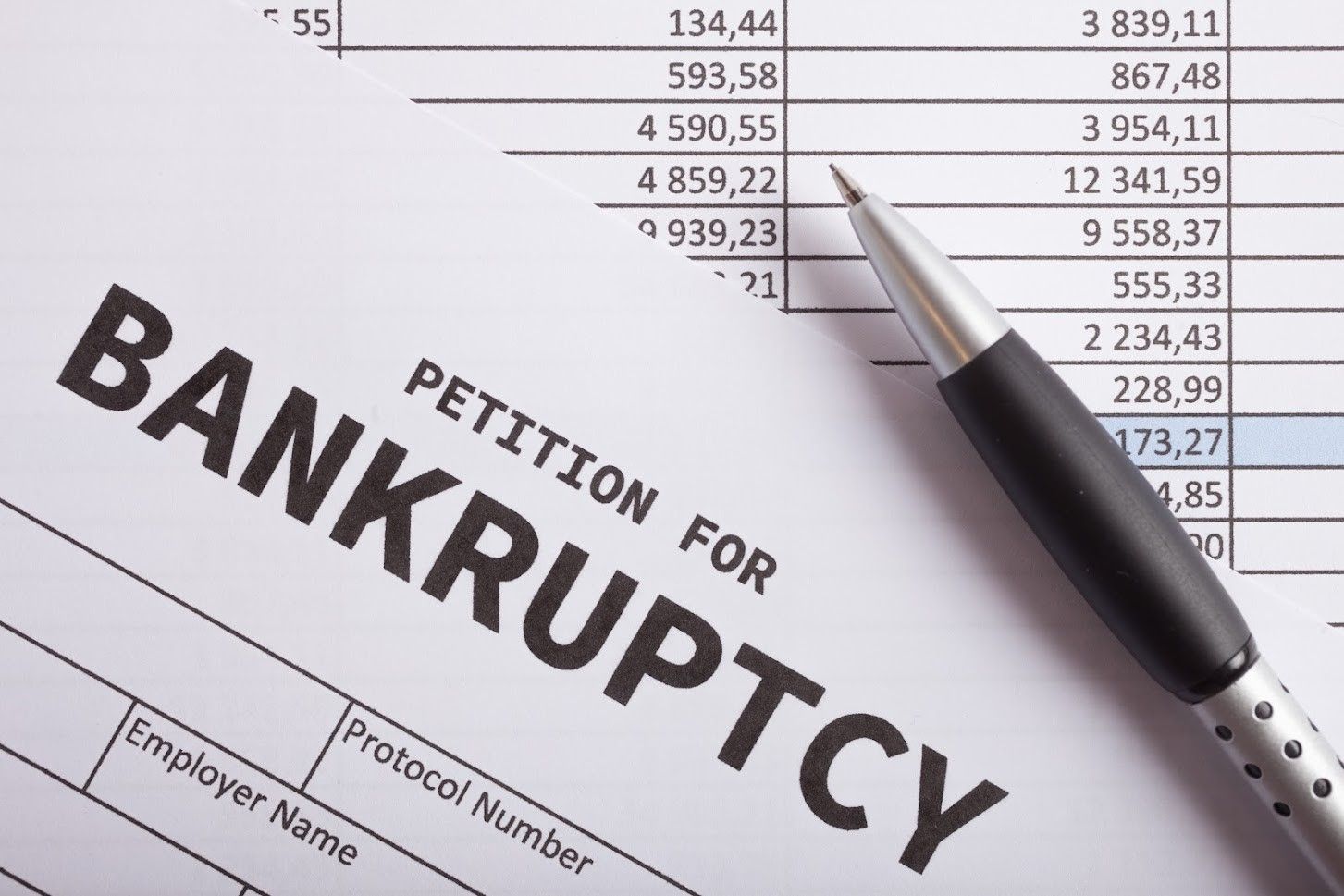An Overview of Chapter 12 Bankruptcy

If you are a farmer or fisher and must file for bankruptcy, Chapter 12 bankruptcy may be the right option for you. This type of bankruptcy has special provisions for farmers and fishers. It allows you to keep your property while repaying your debts over time. In this overview of Chapter 12 bankruptcy, we discuss its history, how it works and what you need to do to qualify.
Historical Background
The Family Farmers Act of 1986 enacted Chapter 12 as part of the Bankruptcy Code. The Act completely revised federal bankruptcy law. Before the introduction of Chapter 12 bankruptcy, the United States Constitution only allowed farmers and fishing families to file for bankruptcy protection under Chapter 11 or 13. However, these chapters did not provide the same level of relief as Chapter 12.
The chapter was created in 1986 in response to the growing number of farmers who were declaring bankruptcy due to falling farm prices. Chapter 12 bankruptcy gave special provisions to farming families that filed for bankruptcy. For example, it allowed farmers to repay their debts over a period of three to five years.
The United States Congress and constitution intended for Chapter 12 bankruptcy to be a temporary relief program. However, numerous extensions prolonged its application until its permanent enactment in 2005. Chapter 12 bankruptcy has undergone numerous modifications to improve its application. The most recent modification hails from The Family Relief Act of 2019.
The Farmer Family Relief Act modifies Chapter 12 bankruptcy by increasing the amount of allowable debt from $3.3 million to $10 million. The Act also expands the definition of "family farmer" to include certain farm businesses that are organized as partnerships or limited liability companies.
Qualifications
Farmers and fishing families should have the following qualifications for Chapter 12 bankruptcy:
- The individual or the individual and their spouse must have a commercial farming or fishing operation.
- Total debts cannot exceed $11,097,350 for farming businesses or $2,265,500 for fishing enterprises.
- The debt must arise exclusively from the business, with at least 50% in farming and 80% in fishing operations.
- More than 50% of the family's gross income must originate from the farming or fishing business within the previous year.
Chapter 12 Mechanisms
Chapter 12 bankruptcy allows farming and fishing family farmers to reorganize their finances and pay off their debts over three to five years.
One of the main benefits of Chapter 12 bankruptcy for family farmers and fishers is the ability to repay debts over a longer period. This provision can help families that are facing financial difficulties and still need to maintain their operations.
The first step in filing for Chapter 12 bankruptcy is to file a petition with the bankruptcy court. The petition must list all the debtor's creditors and the debtor's income, expenses, and assets. The debtor must also file a plan that outlines how the debtor intends to repay their debts.
Once the family files the petition and plan, the court will appoint a trustee to oversee the case. The trustee's job is to ensure that the debtor's plan is workable. The court will also ensure the plan treats creditors fairly. Creditors will then have an opportunity to object to the debtor's plan.
If the court resolves all objections, it will confirm and help implement the plan. Afterward, the debtor will make payments to the trustee. The trustee will then distribute the payments to creditors according to the plan's terms.
If you need to file for Chapter 12 bankruptcy, consult a specialist or firm to help you with the process. Contact Charles J Schneider PC today for assistance if you live within Detroit.























